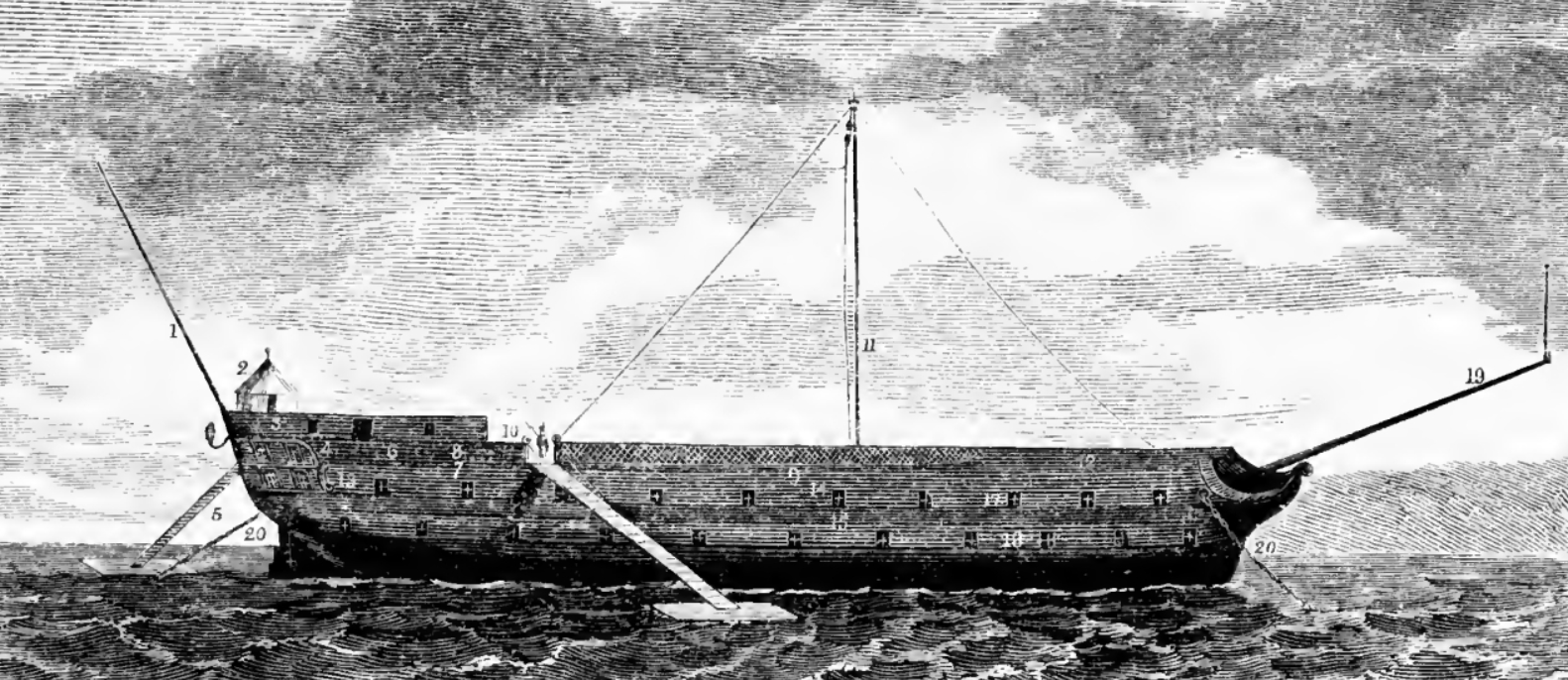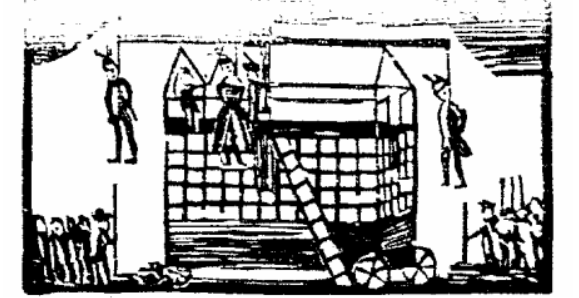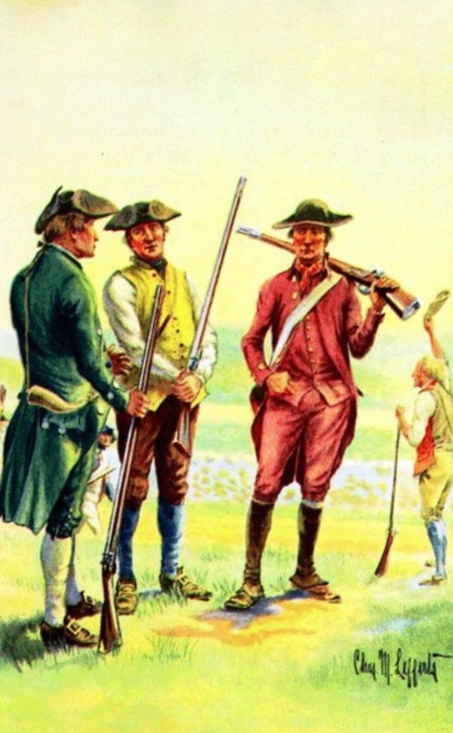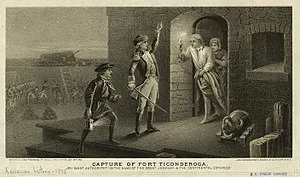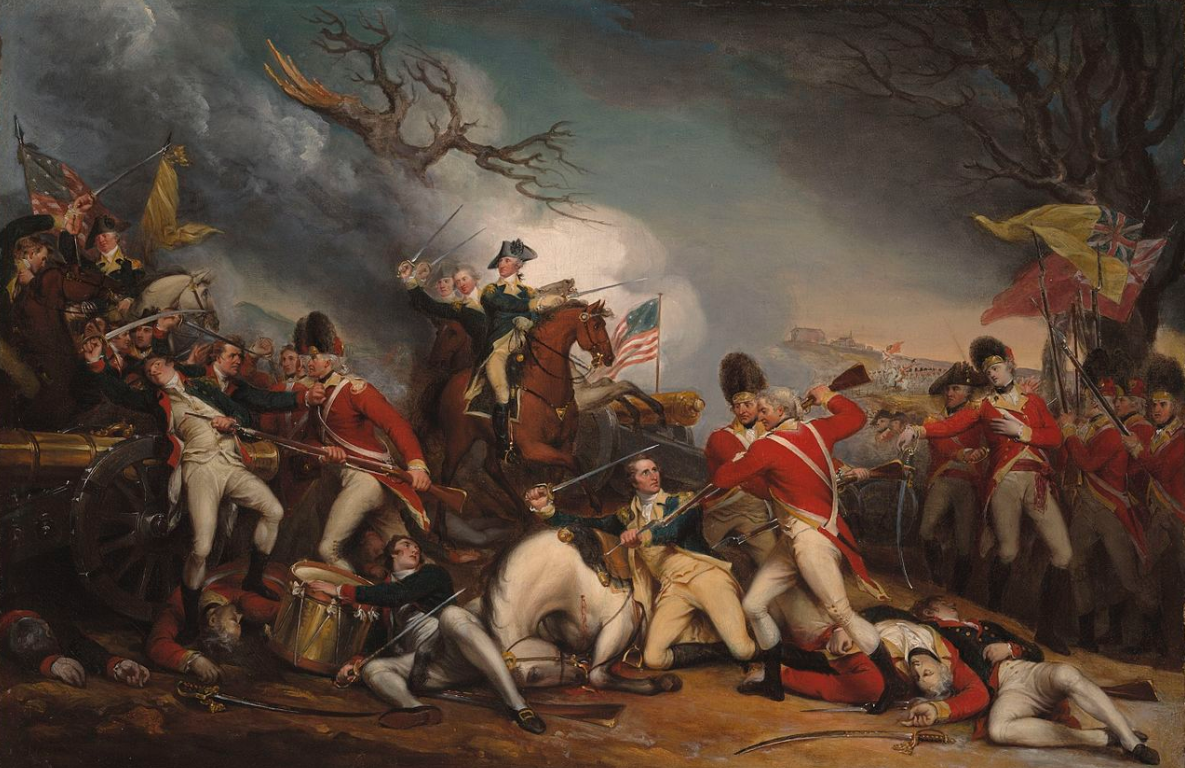Hell in the Harbor - Death on Board the HMS Jersey
I was recently re-watching scenes from the television series TURN. Despite its inaccuracies, I still enjoy viewing what life was like in the 18th century.
After seeing the show reference the HMS Jersey, I thought that might be a fun (or should I say grizzly) topic to take a closer look at.
Oh boy, are the horrors of that prison ship tough to review. But, here we go…
HMS Jersey
When it sailed into New York Harbor with the Royal Navy in 1776, the HMS Jersey had already been on the seas for forty years.
Just a few years earlier, the aging vessel had been converted into a hospital ship, with goal of healing sick and wounded British soldiers. Less than four years later the ship was ‘hulked,’ which means it was gutted and no longer capable of going to sea despite still floating.
The Jersey was now a prison ship for holding captured rebels.
Those rebels would soon know it by another name…Hell.
Prison Ships
Over the course of the American War of Independence, dozens of ships would be used to hold prisoners.
The ships generally had deplorable conditions. They were uncleaned, and soon filled with filth and foul disease. Food was lacking and captives suffered from the effects of starvation.
Furthermore, torture was a punishment regularly doled out by the guards.
Living like this was not much like living at all. Thousands died throughout the war.
Crammed On Board
The HMS Jersey was the largest and most notorious of these ships.
Know by the Patriots as Hell, the Jersey was a massive structure. It was built to home 400 soldiers for months at a time on the high seas.
Unfortunately, even after it was hulked, Hell was not big enough for the thousand or so prisoners who were stuffed into its hull.
Though reports vary, approximately 8 to 12 men perished EVERY DAY on the Jersey. They were brought to Brooklyn and buried in shallow graves.
Burned
His Majesty’s Ship was kept in use, holding (and killing) prisoners until almost two years after the Battle of Yorktown. It was not until the British evacuated New York City that the captives were freed and the Jersey, unable to sail away, was burned and sank.
Again, exact numbers are hard to come by, but it seems to be generally agreed on by historians that the number of Patriots who died on prison ships in New York Harbor was double the number of those who died in battle.
To learn about more ships in the Revolutionary War, try these articles:
Jeremiah O’Brien Commands the Battle of Machias
Lambert Wickes - The Continental Navy’s Most Successful Captain
Want to get fun American Revolution articles straight to your inbox every morning?
Subscribe to my email list here.
You can also support this site on Patreon by clicking here.
Prince Henry led an extremely interesting life outside of his short stint as the heir apparent to the United States.
‘‘Brother of Frederick the Great’ sheds an interesting light on the life of a major leader in the Western World during the formative years of the United States.
If you’d like a copy you can get one through the Amazon affiliate link below (you’ll support this site, but don’t worry, Amazon pays me while your price stays the same).
